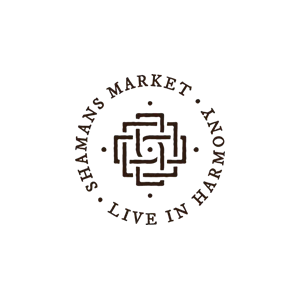Huamanga stone carving is a traditional form of artistic expression used by many Peruvian artisans for carving. Some say it dates back as far as the 17 century, originating in the city of Huamanga, in Ayachucho, Peru. This place name is derived from the Quechua words aya; (death) and kuchu; corner, referring to a major battle for independence. Some interpret the name to mean soul or spirit corner, in reference to the great devotion of its people, even in pre-Hispanic times. Huamanga is an alabastrine, translucent limestone, soft and easy to work, which lends itself to being carved. The surface of this piece was finished by applying a thin layer of wax on the shining surface of the rock, highlighting its translucent quality and giving an ivory colored finish.
 Fair and ethically
Fair and ethically traded products
- Offering authentic, sustainable products that support artisans, their families, and indigenous ways Learn More...
 Providing a connection to the sacred
Providing a connection to the sacredarts of indigenous communities
- Consciously serving our community for over 22 years with integrity and passion Learn More...
 Living in harmoney with each other
Living in harmoney with each otherand our earth
- Reducing our use of resources with Earth conscious shipping and packaging practices Learn More...
 Fair and ethically traded products. Learn More
Fair and ethically traded products. Learn More
- Offering authentic, sustainable products that support artisans, their families, and indigenous ways Learn More...
 Providing a connection to the sacred arts of indigenous communities. Learn More
Providing a connection to the sacred arts of indigenous communities. Learn More
- Consciously serving our community for over 22 years with integrity and passion Learn More...
 Living in harmoney with each other and our earth. Learn More
Living in harmoney with each other and our earth. Learn More
- Reducing our use of resources with Earth conscious shipping and packaging practices Learn More...







